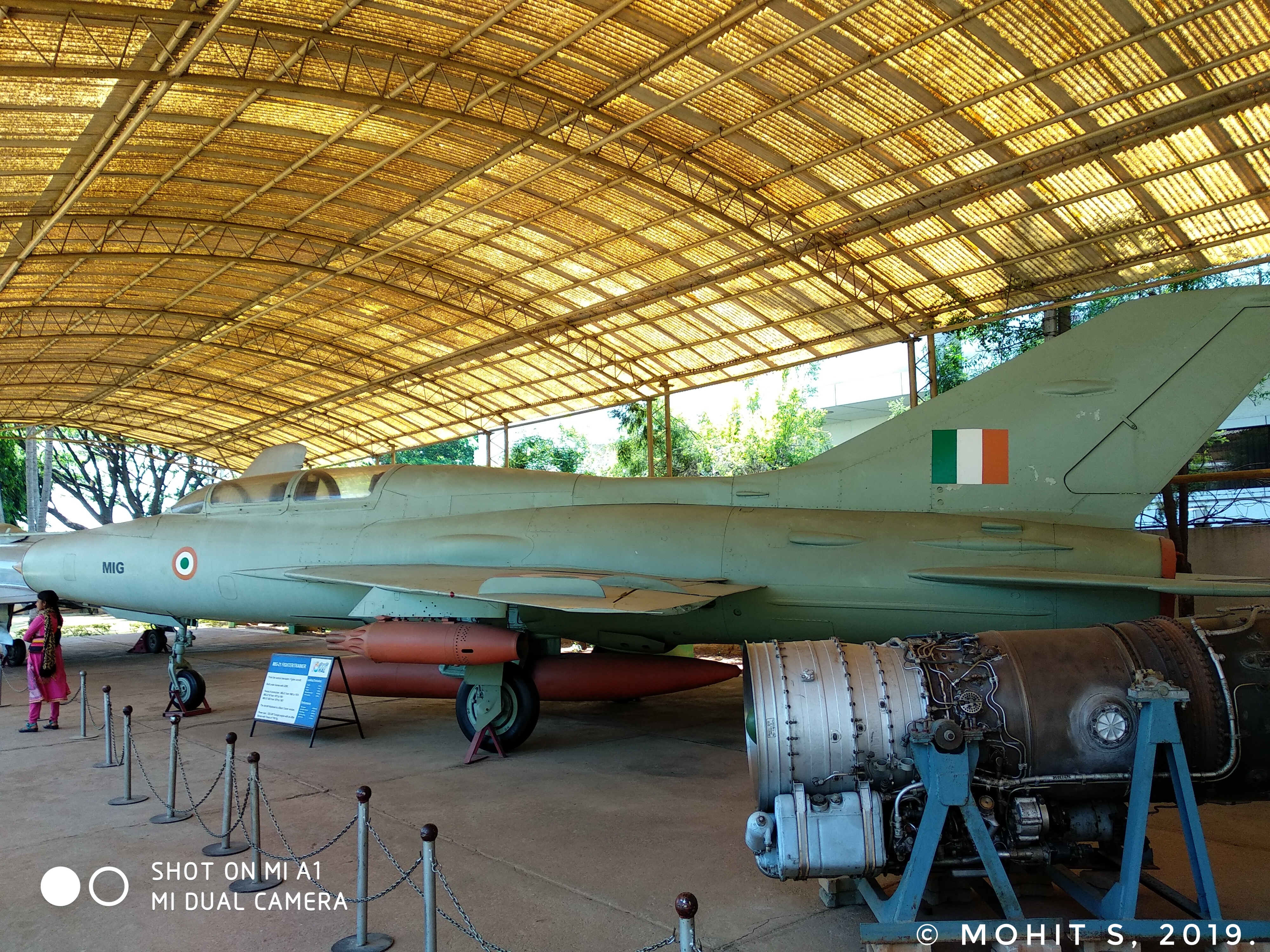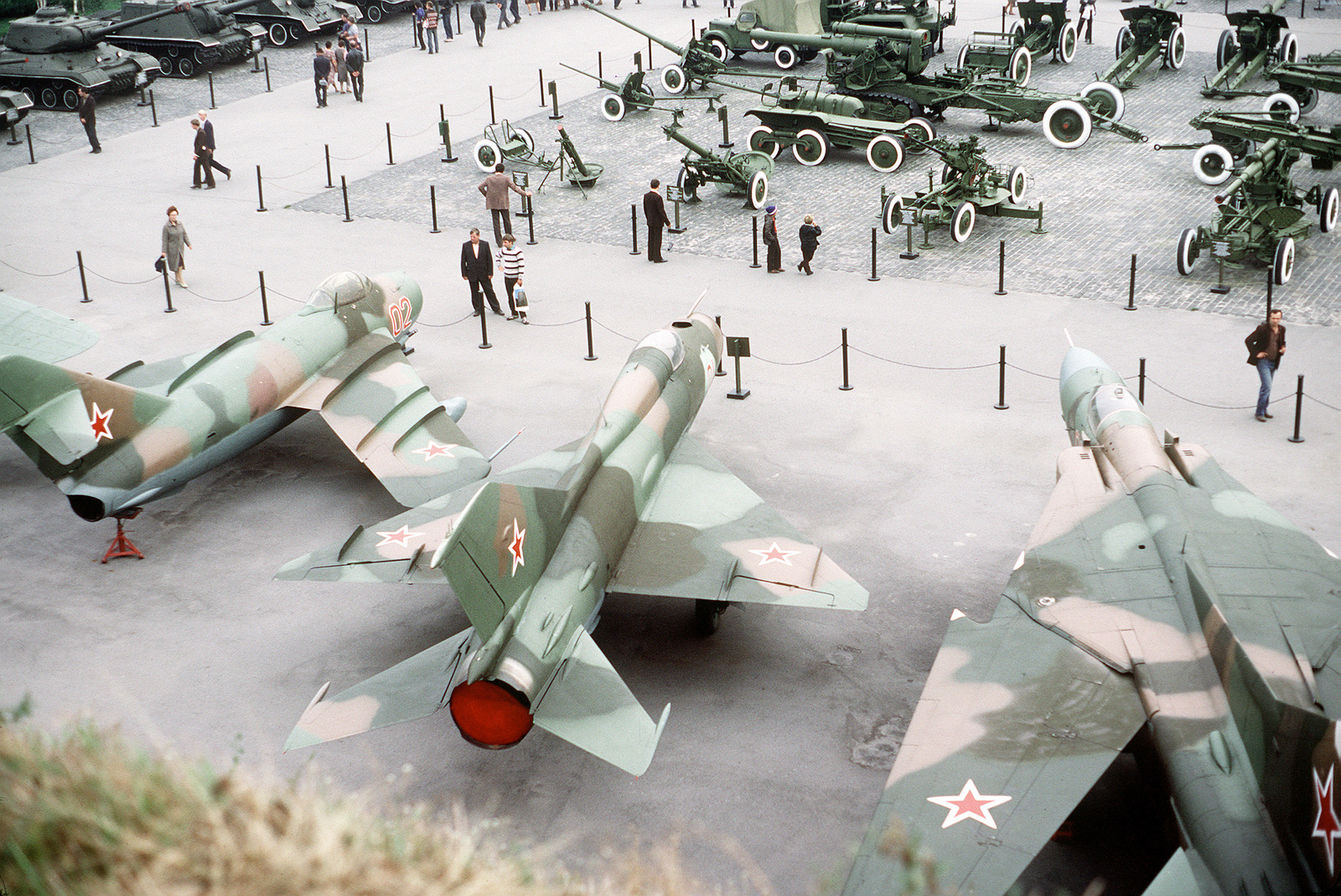A MiG-21 Bison of the Indian Air Force (IAF) crashed in Rajasthan on Friday (December 24) evening during a training sortie, killing the pilot, Wing Commander Harshit Sinha.
The mishap once again shifts the focus on IAF’s oldest fighter plane fleet, its safety record, and India’s efforts to retire the aging jets with newer ones. The IAF has four squadrons of MiG-21 Bison, each with 16 to 18 fighter jets. In the next three to four years, the last of these upgraded MiG-21s is likely to be phased out.
The IAF’s official Twitter account confirmed the latest incident, saying, “This evening (Friday), around 8:30 pm, a MiG-21 aircraft of IAF met with a flying accident in the western sector during a training sortie. Further details are awaited. An inquiry is being ordered.”
The aircraft went up in flames, according to a witness who lives in a hamlet near the Desert National Park. He said that the jet caught fire before it crashed.
This evening, around 8:30 pm, a MiG-21 aircraft of IAF met with a flying accident in the western sector during a training sortie. Further details are awaited.
An inquiry is being ordered.— Indian Air Force (@IAF_MCC) December 24, 2021
The local police confirmed that the plane crashed in the Desert National Park area. The pilot’s death was later confirmed by the Air Force. “With deep sorrow, IAF conveys the sad demise of Wing Commander Harshit Sinha in the flying accident this evening and stands firmly with the family of the Braveheart,” the IAF tweet stated.
With deep sorrow, IAF conveys the sad demise of Wing Commander Harshit Sinha in the flying accident this evening and stands firmly with the family of the braveheart.
— Indian Air Force (@IAF_MCC) December 24, 2021
The IAF has ordered a court of inquiry to determine the exact cause of the crash. Five MiG-21 Bisons have crashed this year, resulting in the deaths of three pilots. On March 17, Group Captain Ashish Gupta was killed when his MiG-21 crashed shortly after taking off from the Gwalior airbase. He was a highly experienced pilot stationed at the IAF’s Tactics and Air Combat Development Establishment in Gwalior.
Squadron Leader Abhinav Choudhary (28) was killed on May 20 after his MiG-21 ‘Bison’ crashed upon taking off from the Suratgarh airbase in Rajasthan for a “routine night combat training sortie.”
The MiG-21 has earned the nickname “flying coffin” due to its frequent crashes. According to the government, 482 MiG aircraft were involved in accidents between 1971 and April 2012, killing 171 pilots, 39 civilians, eight service personnel, and one aircrew.

A total of eight Mig-21s crashed between April 2012 and March 2016, six of which were upgraded MiG-21 Bison variant, the government told Parliament in March 2016. Due to delays in the induction of new fighters, the IAF had to maintain its MiG-21 aircraft flying for longer than it would have preferred.
The MiG-21 Bison is an improved variant of the MiG 21 and makes up a significant part of the Indian Air Force’s fighter jet squadron.
The IAF MiG-21 Bison hogged the limelight two years ago after a cross-border operation against terror targets in Pakistan’s Balakot. On February 27, 2019, Wing Commander (now Group Captain) Abhinandan Varthaman reportedly shot down a Pakistan Air Force (PAF) F-16 only seconds before his MiG-21 Bison was struck by a missile, causing him to eject.
He was captured and subsequently released by the Pakistani armed forces following a high-stake diplomatic maneuver. Group Captain Varthaman was conferred upon India’s third-highest wartime gallantry award, the Vir Chakra.
His bold tactics forced enemy fighters into tactical chaos, and he bravely engaged the hostile aircraft package despite its numerical and technological superiority, as per the citation, which was published in the Gazette of India in December 2019.

The aerial battle with the Pakistan Air Force took place a day after Mirage-2000 jets from the Indian Air Force had hit targets in Balakot in retaliation to the Pulwama suicide bombing by a Pakistani terror group in India’s Jammu and Kashmir on February 14, in which 40 Central Reserve Police Force personnel were killed.
Previously, the Chief of Air Staff, Air Chief Marshal VR Chaudhari, said, “We have four squadrons of the MiG-21s and the drawdown will happen in the next three to four years.” The IAF currently expects to induct different variants of Tejas LCA in the coming few years, for which Hindustan Aeronautics Limited has been granted a Rs 48,000-crore contract.
However, India’s Ministry of Defense has recently stated that the indigenous Tejas light combat aircraft (LCA) is not being inducted as a replacement for the aging MiG-21 fighter jet but as part of the modernization process of the IAF, EurAsian Times reported.
IAF Pilot Speaks On MiG-21 Fighters
India has been incapable of retiring the aging and accident-prone MiG-21s. The delay in the induction of LCA Tejas has compelled the IAF to operate four MiG-21 `Bison’ squadrons.
IAF expects to induct 83 new indigenous Tejas LCA jets between February 2024 and December 2028. IAF already operates around 40 such fighters, which have been delivered to it earlier.
Even though the overall record of the MiG-21s shows they have been relatively safer to fly, there has been severe criticism on whether India should retire the Soviet-era jets often called ‘Flying Coffins’.

“Modern jets like LCA Tejas, Jaguar, and Su-30MKI are a lot easier to fly than old generation aircraft because of electronics such as Head-Up Display. They are also safer to fly because of twin-engine safety, fly-by-wire flight controls, etc. Because of advancement in materials, the components that go into modern fighters have a much longer life and are less prone to failure,” former IAF pilot Vijainder K Thakur told the EurAsian Times.
Nearly all the former fighter pilots EurAsian Times spoke to said there was no question of reliability when it came to the old Russian fighter. Much of the problems the IAF is facing also relate to operating and maintaining the fleets of old fighter aircraft.
“As to the MiG-21s in the IAF, there was a time when the best IAF pilots would be picked to fly the aircraft. Today, the best are likely chosen to fly fighters such as the Su-30MKIs, LCA, Rafale, and Jaguars that are more potent.”
“Spares for the MiG-21 are not easily available in the global market. QA (Quality Assurance) is an issue. QA is also an issue with locally manufactured spares. HAL is not known for its workmanship.
There was a good reason why France refused to take responsibility for local manufacture of the Rafale jets,” the veteran pilot adds.
Meanwhile, Thakur says that the challenge with India’s flagship Make-in-India is that the IAF represents a very limited market.
“Order quantities don’t facilitate high-quality, low-cost manufacture. What is happening with the MiG-21s could eventually happen with the LCA, probably with shorter timelines since LCA Tejas spare will not be available in the global market.”
On a question of whether it was the right time for the Indian government to end the dilemma of retiring the aging Russian jets, he said the MiG-21 squadrons represent a very limited operational capability.
“Their existence in the IAF has more to do with securing turf/ establishment rather than securing the skies.”

When questioned why just Mig-21s and not other old fighter jets like Mirage-2000s are crashing, he explains, “Mirage 2000 is a generation ahead of the Bison. It has fly-by-wire controls. Also, high-quality spares for the Mirage 2000s are available in the world market. The bison is a comparatively difficult aircraft to fly.”
Thakur also addressed the concerns regarding why the Mig 21 pilot was not able to eject on time. He said, “Details about the crash released to the press by the IAF, such as the nature of the mission, are insufficient to even imagine a guess. On a solo mission, a pilot could crash due to disorientation in bad weather, pilot incapacitation or a controlled flight into terrain (CFIT) for some other reason.”
If one looks at the percentage of yearly loss of fighter aircraft with the IAF, the MiG-21 comes at the bottom with just a .55 percent peacetime attrition rate in 58 years, with other aircraft being far above on the queue. As reported in our earlier article, MiG-21s have been crashing at a rate of 4.67 aircraft a year (out of total strength of 872).
The MiG-21s are extremely reliable aircraft. They have rarely experienced engine problems, says another veteran IAF pilot Rajiv Tyagi. “Why would you doubt its reliability? You cannot find one MiG-21 pilot anywhere in the world who will say otherwise,” he asserts.
MiG-21 jets were developed by the USSR as a high-speed (Mach 2) interceptor to challenge western bombers and shoot them down. It wasn’t designed to be a multi-role aircraft, which possesses all the contemporary features, like advanced radars, avionics, and weapons. Its job was to confront the incoming aircraft, shoot it down and be back at the base.
- Co-Authored By Younis Dar
- Mail us at: etdesk@eurasiantimes.com
- Follow EurAsian Times on Google News
- The article combines new and older interview of Vijainder K Thakur




